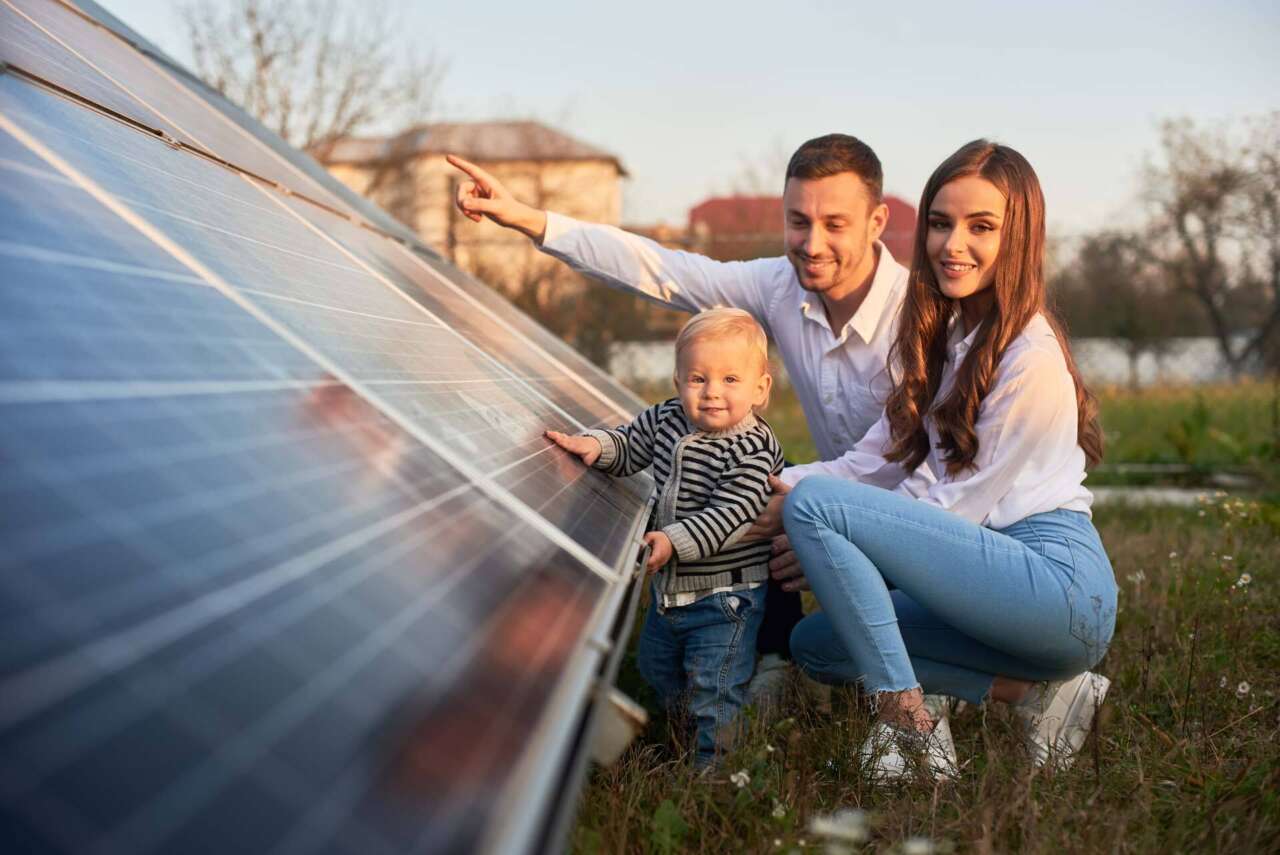Transitioning From a Standard Electrical System to a Residential Solar System in South Australia
Posted on 17 August 2021
The process of moving from standard electricity to a residential solar system doesn't have to be a daunting one. The two most critical things to understand are the components of a home solar system and the solar panel installation process.
As the leading residential solar power installation specialist in South Australia, Solar Power Direct has helped thousands of homeowners just like you move from a traditional electrical system to an energy-efficient solar system. In this article, we'll explain what goes into the transition to assuage your fears.
Components of a Residential Solar System
First, let's break down the components of your residential solar system.
Your solar power installation specialist will help you procure solar panels, solar panel mounting structures, an inverter, an electrical panel, DC and AC electrical cables, and a power meter.
After placing your solar panels on the mounts, we next have to wire the system to turn the sun's energy into electricity for your home. Solar panels generate DC electrical current. Your home uses AC power, and that is why we need the inverter to convert DC to AC. For the AC to be distributed to the house, you need to have an electrical panel with switches, circuit breakers and wiring. We install a power meter to measure the electricity your home solar system produces to determine whether it's sufficient or we need to install additional panels.
Getting Started With Residential Solar Power
As long as you work with a qualified solar power installation specialist like Solar Power Direct, getting started with your residential solar system in South Australia is easy!
- First, a solar consultant will visit your home and conduct a site inspection. The consultant will generate a quote and a solar power design.
- Then, Solar Power Direct will install high-quality solar panels, an inverter and all the system components we mentioned above.
- Finally, we will connect a solar meter to the grid through your electricity retailer.
- Now, you can start saving money on your electricity bill!
Transitioning your home to solar doesn't have to be overwhelming! The process is even easier if you are in the process of building a new home.


